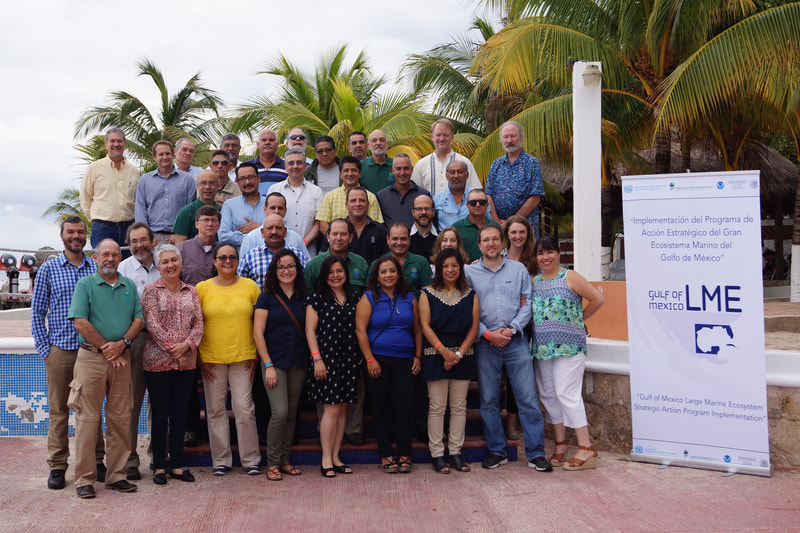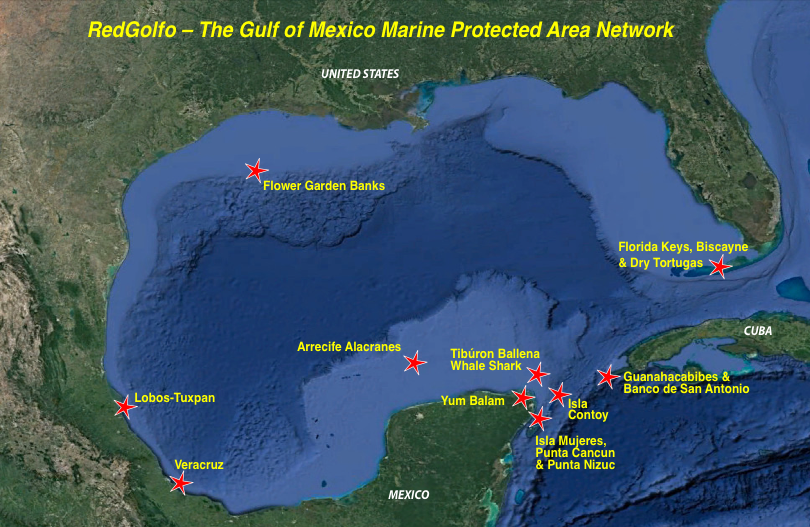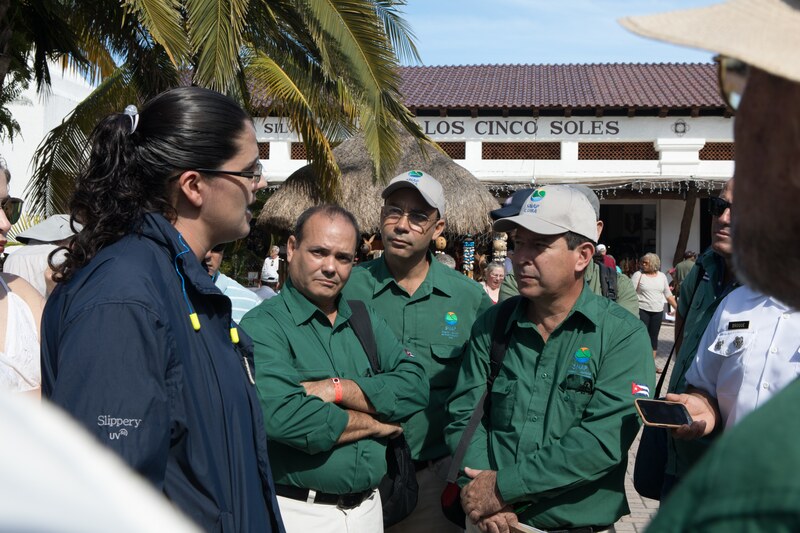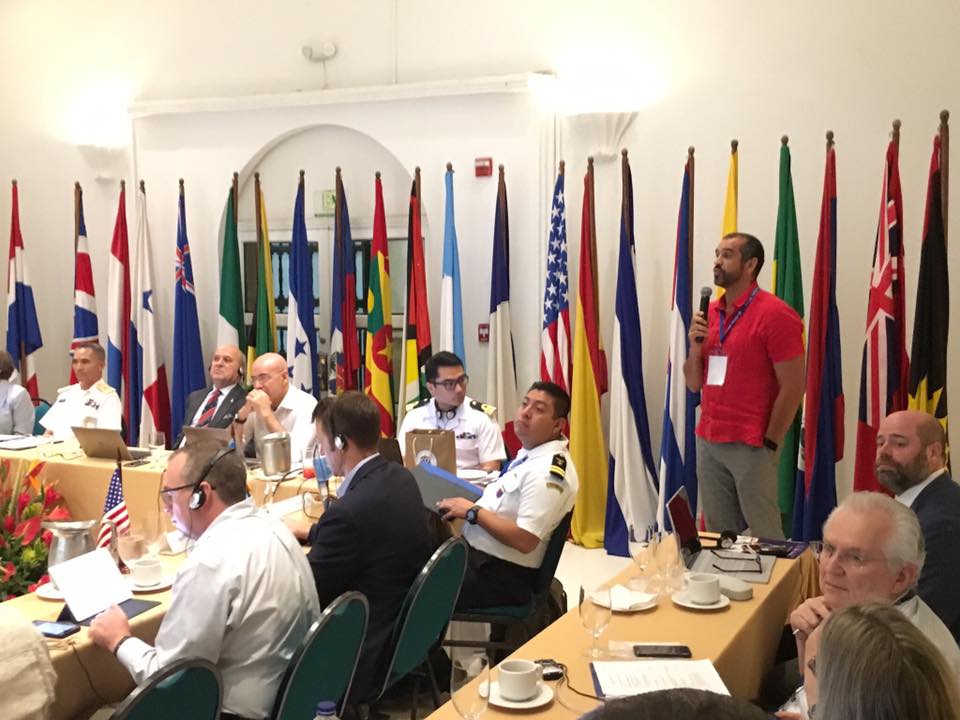History
RedGolfo emerged out of decades of collaboration between the three countries that share the Gulf of Mexico: Mexico, Cuba and the US. Since 2007, marine scientists from the three countries meet regularly as part of the Trinational Initiative for Marine Science and Conservation in the Gulf of Mexico and Western Caribbean.
In 2014, during the rapprochement between Presidents Barack Obama and Raúl Castro, scientists recommended the creation of an MPA network that would transcend 55 years of political deadlock. The leaders of the two countries saw environmental cooperation as the first priority for bilateral cooperation. As a result, two environmental agreements were announced in November 2015. One of those, the Memorandum of Understanding on Cooperation in the Conservation and Management of Marine Protected Areas, created a unique bilateral network that facilitated joint efforts concerning the science, stewardship, and management across four protected areas in Cuba and the US. Two years later, RedGolfo was founded in Cozumel in December 2017 when Mexico added seven MPAs to the network making it a truly Gulf wide effort.
In 2014, during the rapprochement between Presidents Barack Obama and Raúl Castro, scientists recommended the creation of an MPA network that would transcend 55 years of political deadlock. The leaders of the two countries saw environmental cooperation as the first priority for bilateral cooperation. As a result, two environmental agreements were announced in November 2015. One of those, the Memorandum of Understanding on Cooperation in the Conservation and Management of Marine Protected Areas, created a unique bilateral network that facilitated joint efforts concerning the science, stewardship, and management across four protected areas in Cuba and the US. Two years later, RedGolfo was founded in Cozumel in December 2017 when Mexico added seven MPAs to the network making it a truly Gulf wide effort.
Year 1 activities for RedGolfo are:
- Conduct a joint expedition whereby scientists from the three countries conduct research in one or more of the RedGolfo MPAs
- Conduct joint lab work to analyze data and prepare joint publications
- Establish biodiversity monitoring protocols for unique/keynote species
- Identify an evaluation tool such as NOAA Condition Report Cards or Mexico’s INDIMAPA to be used across RedGolfo
- Advance connectivity studies featuring one or more shared species, such as whale sharks, queen conch, flamingoes and sea cucumbers.
- Initiate a marine spatial planning process for the areas surrounding the six MPAs.
- Initiate a land use planning analysis




